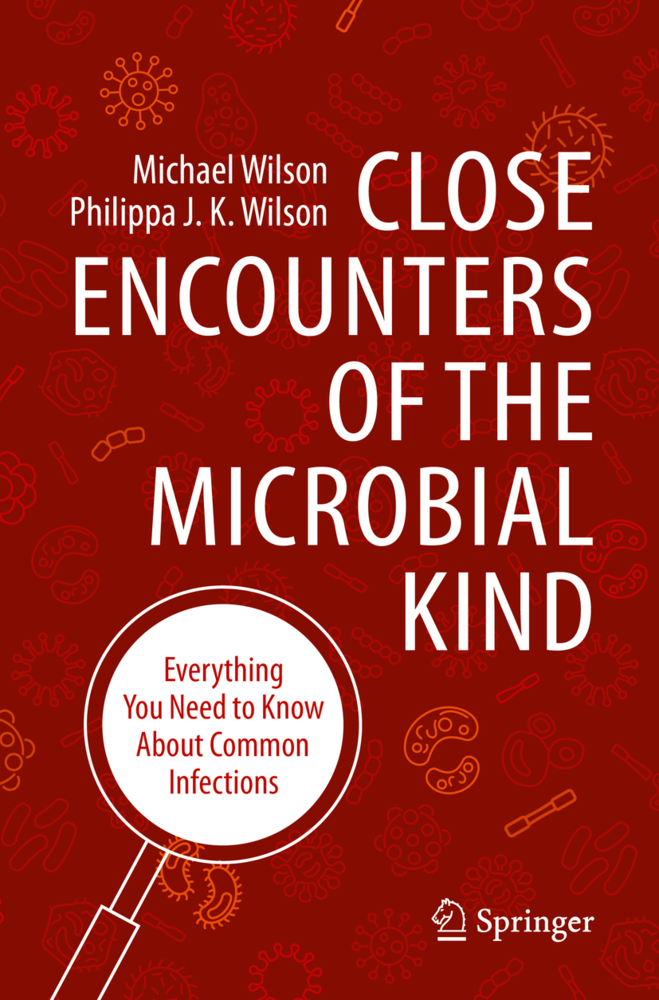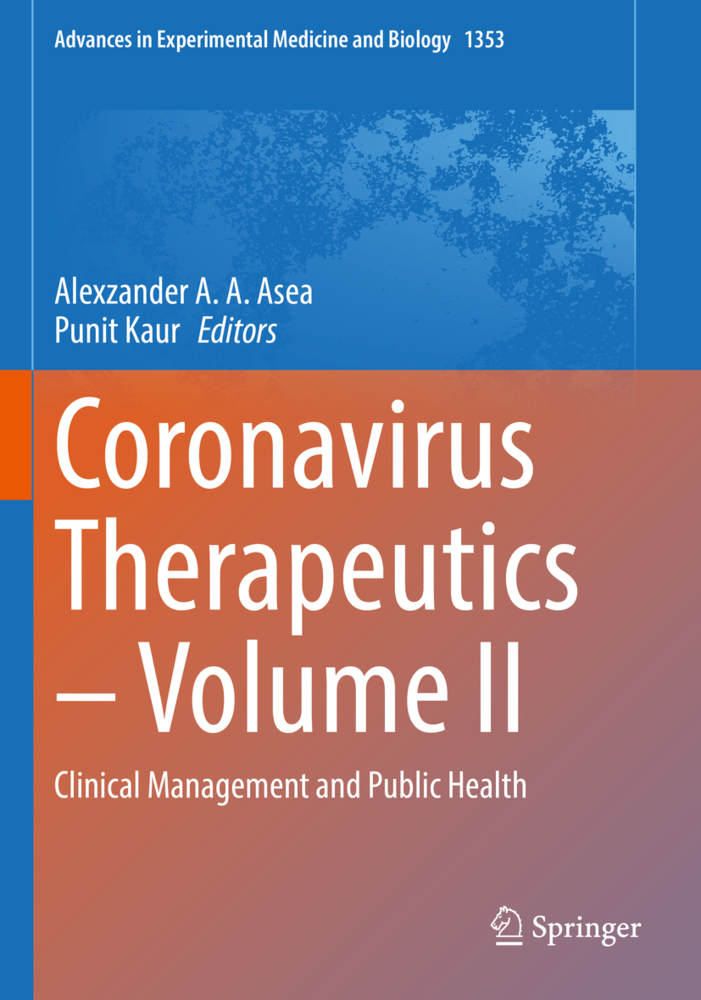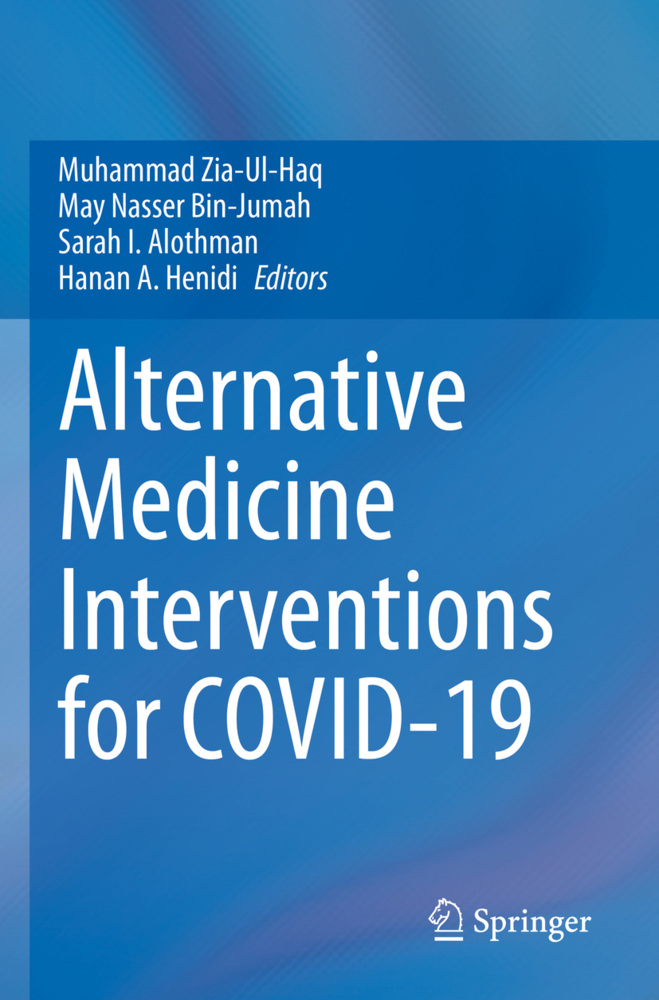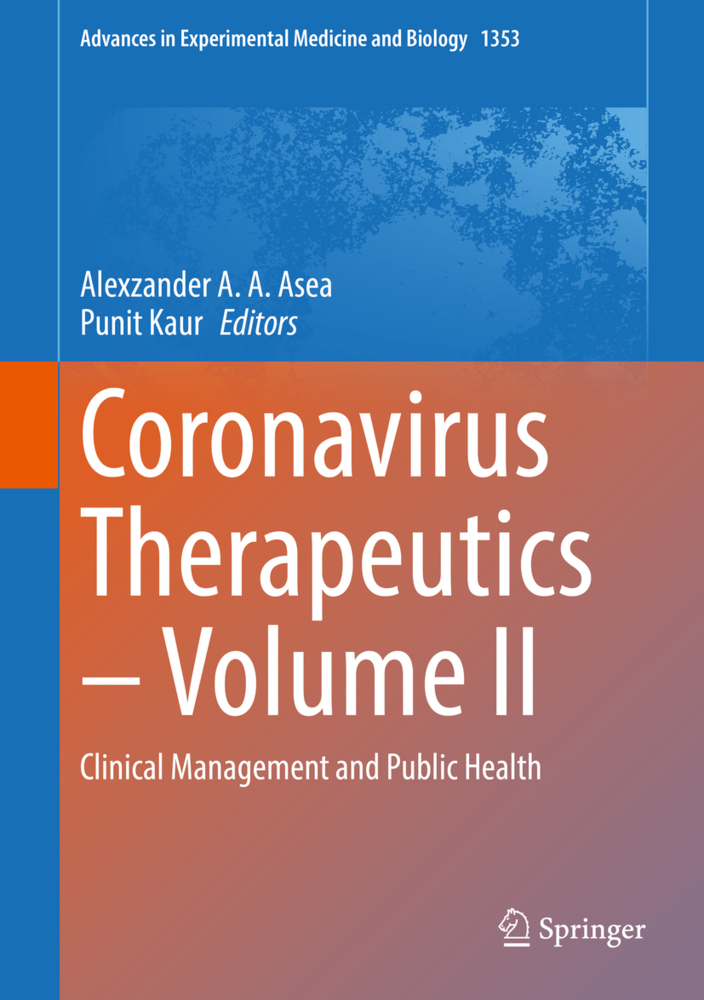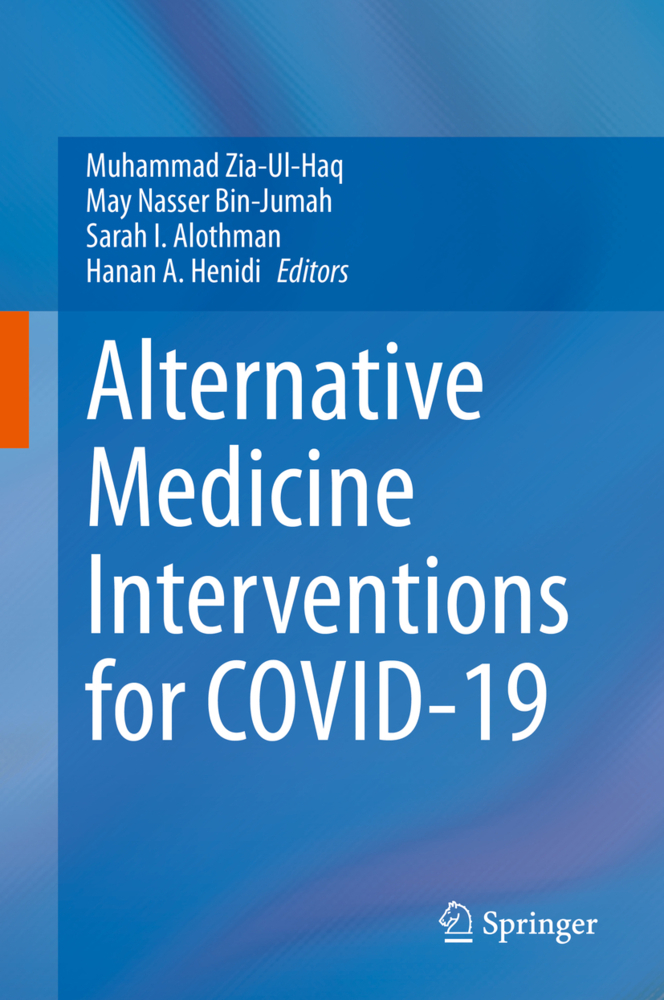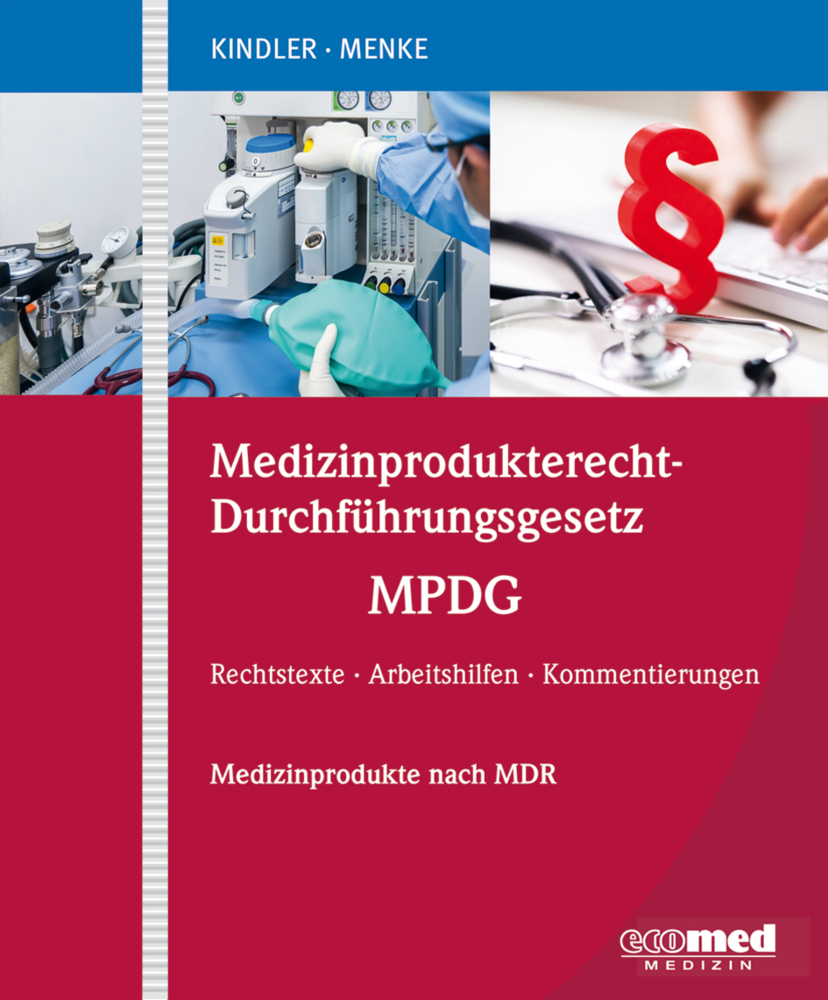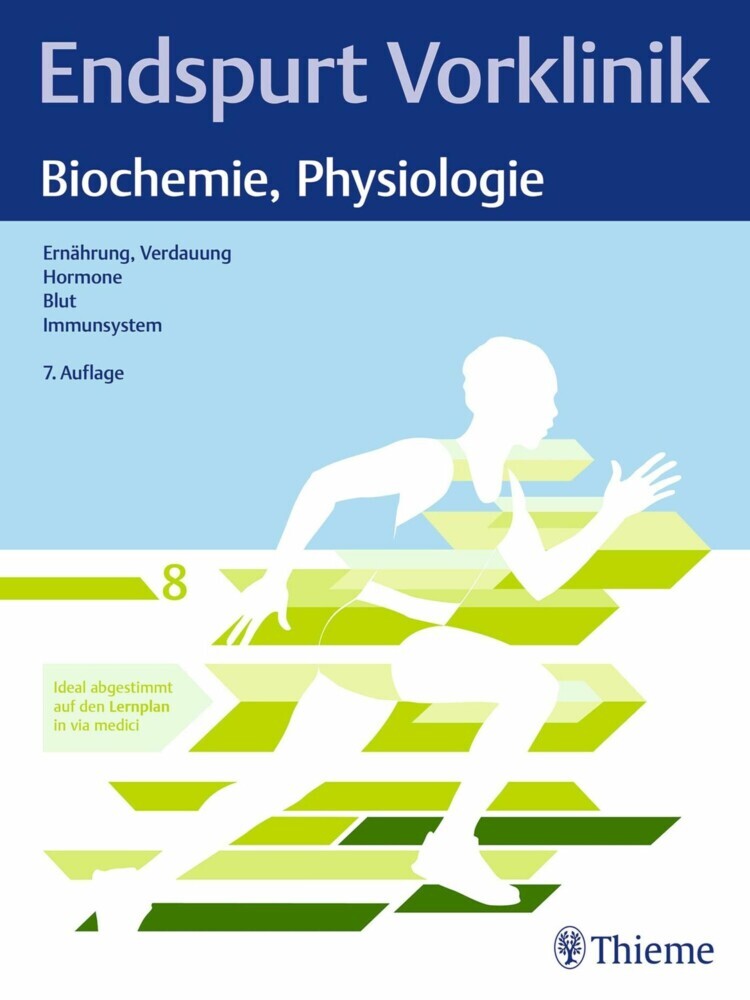Close Encounters of the Microbial Kind
Everything You Need to Know About Common Infections
Microbes - can't live with them, can't live without them. Increasingly, we're finding out that our microbiota (the microbes that live on us) are essential for our wellbeing - they provide us with nutrients and vitamins and play a key role in developing our immune system. On the other hand, they are responsible for a great deal of misery, as they are major causes of death and debility around the world. As well as our own microbiota turning against us, there are lots of other microbes out in the wider world that can seriously damage, or even kill, those they infect. The current pandemic of COVID-19 shows the devastating effect that an infectious disease can have - our lives have been turned upside down.
If you live in a developed country, you're not likely to get killer diseases such as ebola and cholera, but you do have a high chance of catching other infections that can have a significant impact on your wellbeing. This book focuses on thoseinfections you're most likely to go down with, and supplies the answers to the following questions about them:
10. The common cold.- 11. Influenza
12. Sore throat.- 13. Coronavirus disease-2019.- 14. Acute sinusitis.- 15. Chronic sinusitis.- 16. Otitis media (middle ear infection).- 17. Otitis externa (swimmers ear).- 18. Acute bronchitis (chest cold).- 19. Conjunctivitis (pink eye).- 20. Tooth decay (caries).- 21. Gum disease.- 22. Bad breath.- 23. Oral thrush.- 24. Oral herpes.- 25. Cystitis (lower urinary tract infection).- 26. Vaginitis.- 27. Chlamydia.- 28. Gonorrhoea.- 29. Genital herpes.- 30. Genital warts.- 31. Syphilis.- 32. Gastroenteritis due to Campylobacter.- 33. Gastroenteritis due to Salmonella.- 34. Gastroenteritisdue to Clostridium perfringens.- 35. Gastroenteritis due to Norovirus.- 36. Gastroenteritis due to Rotavirus.
If you live in a developed country, you're not likely to get killer diseases such as ebola and cholera, but you do have a high chance of catching other infections that can have a significant impact on your wellbeing. This book focuses on thoseinfections you're most likely to go down with, and supplies the answers to the following questions about them:
- Which infectious diseases are we likely to come across?
- How common are they?
- What microbes cause them?
- What happens to our bodies during an infection?
- How are the resulting illnesses treated?
- How can we avoid getting them?
1. Microbes and infectious diseases
2. Acne.- 3. Skin abscesses (boils).- 4. Dandruff.- 5. Fungal nail infections.- 6. Fungal infections of the skin.- 7. Chickenpox.- 8. Shingles.- 9. Common warts10. The common cold.- 11. Influenza
12. Sore throat.- 13. Coronavirus disease-2019.- 14. Acute sinusitis.- 15. Chronic sinusitis.- 16. Otitis media (middle ear infection).- 17. Otitis externa (swimmers ear).- 18. Acute bronchitis (chest cold).- 19. Conjunctivitis (pink eye).- 20. Tooth decay (caries).- 21. Gum disease.- 22. Bad breath.- 23. Oral thrush.- 24. Oral herpes.- 25. Cystitis (lower urinary tract infection).- 26. Vaginitis.- 27. Chlamydia.- 28. Gonorrhoea.- 29. Genital herpes.- 30. Genital warts.- 31. Syphilis.- 32. Gastroenteritis due to Campylobacter.- 33. Gastroenteritis due to Salmonella.- 34. Gastroenteritisdue to Clostridium perfringens.- 35. Gastroenteritis due to Norovirus.- 36. Gastroenteritis due to Rotavirus.
Wilson, Michael
Wilson, Philippa J. K.
| ISBN | 978-3-030-56977-8 |
|---|---|
| Artikelnummer | 9783030569778 |
| Medientyp | Buch |
| Auflage | 1st ed. 2021 |
| Copyrightjahr | 2021 |
| Verlag | Springer, Berlin |
| Umfang | XV, 526 Seiten |
| Abbildungen | XV, 526 p. |
| Sprache | Englisch |

